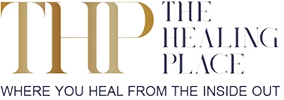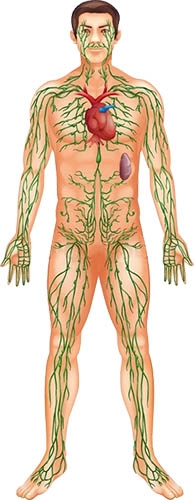Reflexology Lymphatic Drainage: Gentle Detox for Your Body’s Natural Healing System
The lymphatic system is the body’s silent cleanser—filtering toxins, supporting immunity, and reducing inflammation. But stress, poor circulation, and sluggish lymph flow can lead to fluid retention, fatigue, and weakened defences
Reflexology Lymphatic Drainage (RLD) offers a soothing, non-invasive way to reactivate this vital system—starting from your feet.

